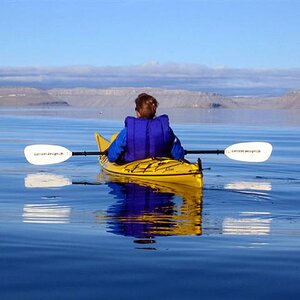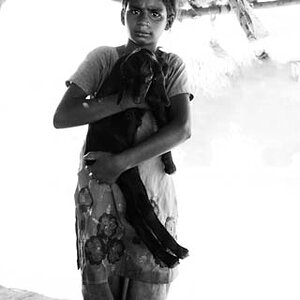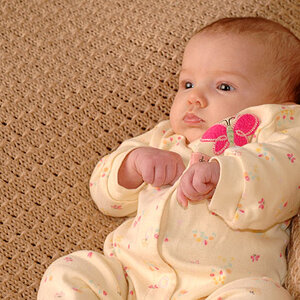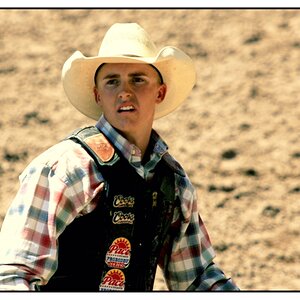NedM
No longer a newbie, moving up!
- Joined
- Jan 6, 2014
- Messages
- 390
- Reaction score
- 64
- Location
- USA
- Can others edit my Photos
- Photos OK to edit
I went down to Santa Monica, muscle beach, and took some great action photos of the body builders.

Moreover, how can I freeze sports action better?
I know you need a fast shutter speed and having a shallow dof doesn't hurt either.
What more can I do to achieve better results?

Moreover, how can I freeze sports action better?
I know you need a fast shutter speed and having a shallow dof doesn't hurt either.
What more can I do to achieve better results?



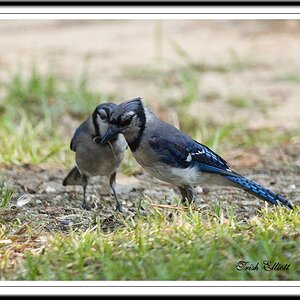
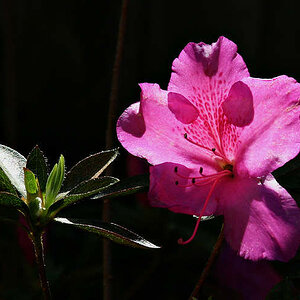
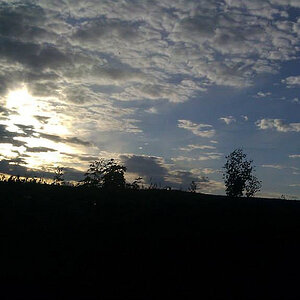
![[No title]](/data/xfmg/thumbnail/37/37606-3c9ffb5906173fa2aa489341967e1468.jpg?1619738148)
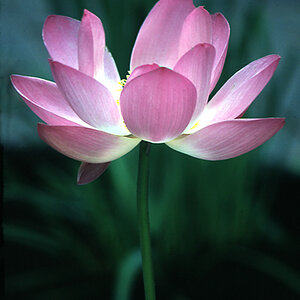
![[No title]](/data/xfmg/thumbnail/36/36657-3774cdd7ebbafa5ccac2741386b9949a.jpg?1619737675)
